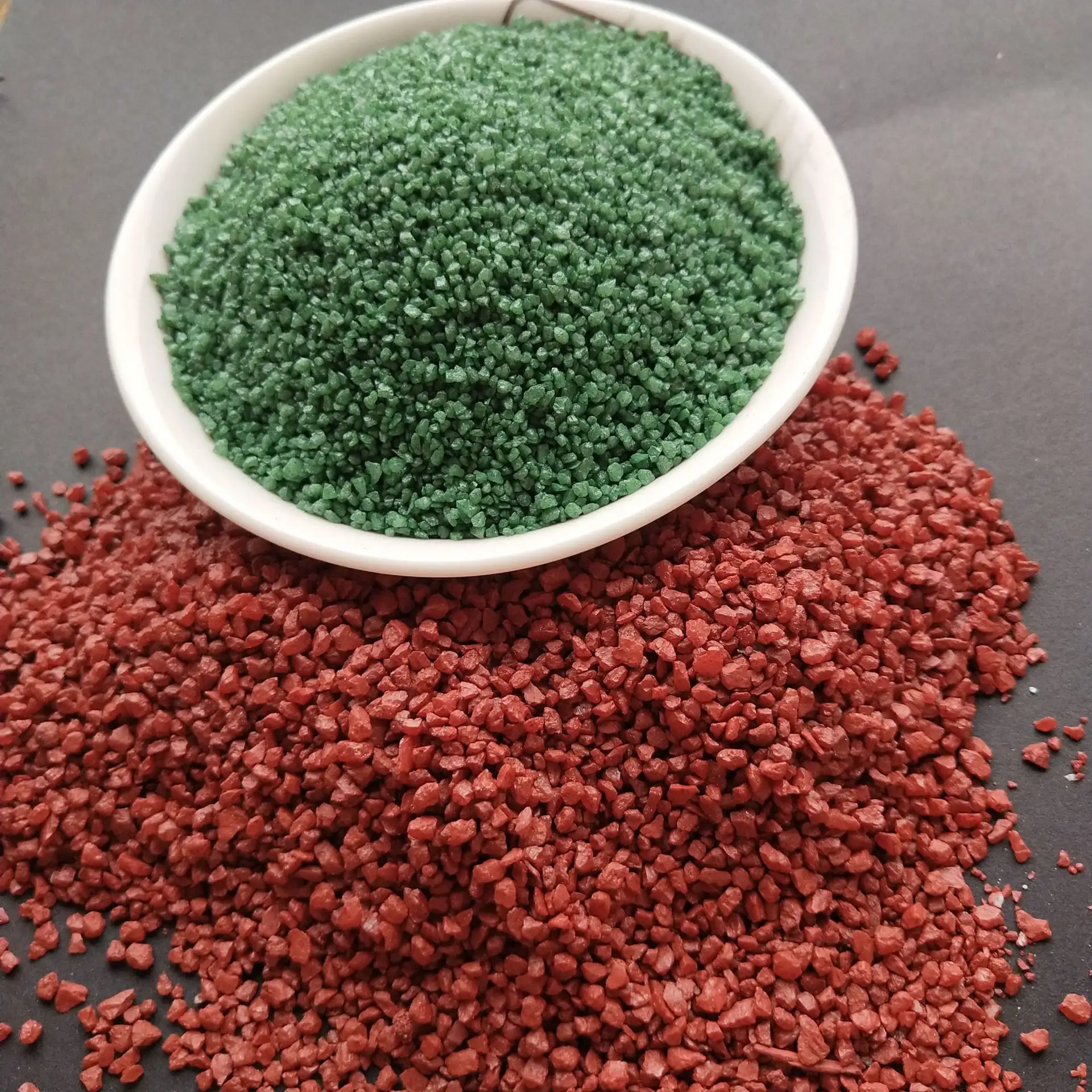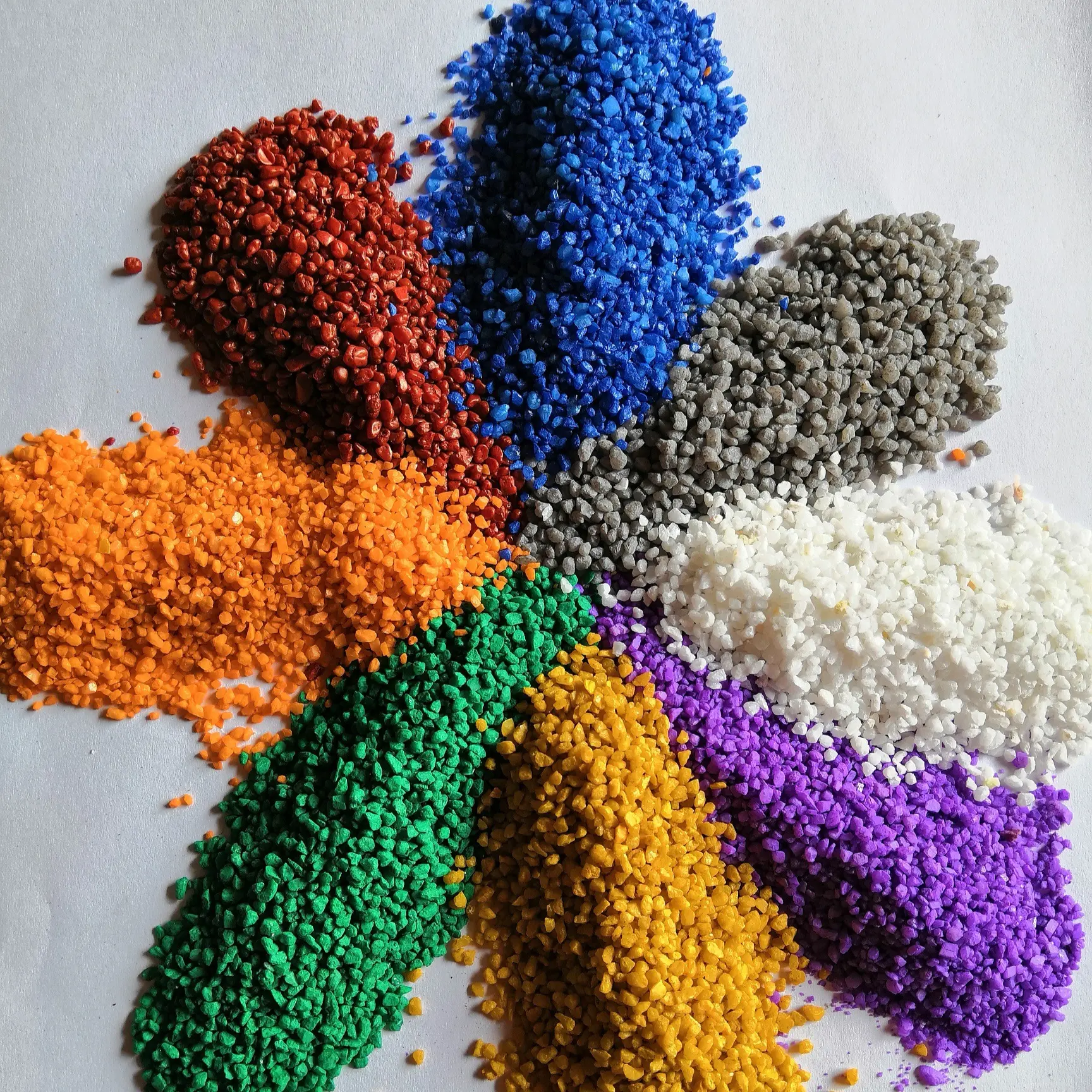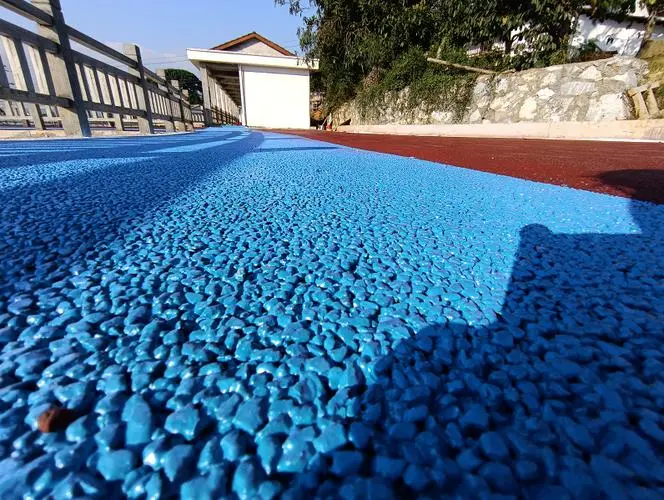
Ceramic particles are tiny particles made from ceramic materials,
1.The application of ceramic particles in building materials Ceramic particles can be used to manufacture ceramic bricks, ceramic wall bricks and other building materials. Due to the high hardness and stability of ceramic particles, the wear resistance and compressive properties of building materials can be increased. In addition, ceramic particles can also improve the appearance and texture of building materials by adjusting the shape and size of the particles.

2.The application of ceramic particles in the electronics industry Ceramic particles are widely used in the electronics industry in the manufacture of electronic components. For example, ceramic particles can be used to manufacture electronic ceramic capacitors, ceramic substrates, etc. Because ceramic particles have good insulation properties and stability, the performance and reliability of electronic components can be improved.
3.The application of ceramic particles in the chemical industry Ceramic particles can be used to manufacture chemical catalysts and adsorbents. Due to the large specific surface area and pore structure of ceramic particles, the activity and adsorption capacity of catalysts and adsorbents can be improved, thus improving the efficiency and yield of chemical reactions.

4.Application of ceramic particles in medical devices Ceramic particles can be used to manufacture medical devices and artificial organs. Because ceramic particles have good biocompatibility and corrosion resistance, they can be used to manufacture artificial bones, artificial joints and other medical devices. In addition, ceramic particles can also be changed by adjusting the shape and size of the particlesImprove the function and adaptability of medical devices.
5.The application of ceramic particles in the energy industry Ceramic particles can be used to manufacture energy storage materials and energy conversion devices. For example, ceramic particles can be used to make positive and negative electrode materials for lithium-ion batteries, improving the battery's energy density and cycle life. In addition, ceramic particles can also be used to manufacture energy conversion devices such as solar panels and fuel cells to improve energy conversion efficiency and stability.

6.The application of ceramic particles in the automotive industry Ceramic particles can be used to manufacture automotive engine parts and exhaust systems. Because ceramic particles have high heat resistance and wear resistance, they can improve the working efficiency and service life of the engine. In addition, ceramic particles can also be used to manufacture automobile exhaust treatment devices to reduce pollutant emissions and improve the environmental performance of automobiles.
Share
-
Chlorolite is obtained from zeolite ore by high temperature sintering and dehydration treatment.NewsMay.24,2024
-
The main component of talc is magnesium silicate containing talc water,NewsMay.22,2024
-
Alumina is a high-hardness compound commonly used in the manufacture of refractory materials.NewsMay.20,2024
-
Hollow glass beads are tiny, hollow glass spheres,NewsMay.16,2024
-
Fused quartz is the amorphous (glassy) state of silicon oxide (quartz, silica).NewsMay.09,2024
-
Vermiculite is a natural, inorganic, non-toxic mineral that expands under high temperature.NewsApr.09,2024






